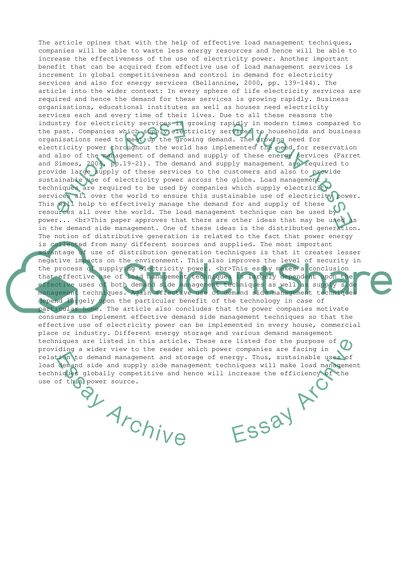Cite this document
(“Demand Managment and Energy Storage Research Paper”, n.d.)
Retrieved from https://studentshare.org/management/1395251-demand-managment-and-energy-storage
Retrieved from https://studentshare.org/management/1395251-demand-managment-and-energy-storage
(Demand Managment and Energy Storage Research Paper)
https://studentshare.org/management/1395251-demand-managment-and-energy-storage.
https://studentshare.org/management/1395251-demand-managment-and-energy-storage.
“Demand Managment and Energy Storage Research Paper”, n.d. https://studentshare.org/management/1395251-demand-managment-and-energy-storage.


